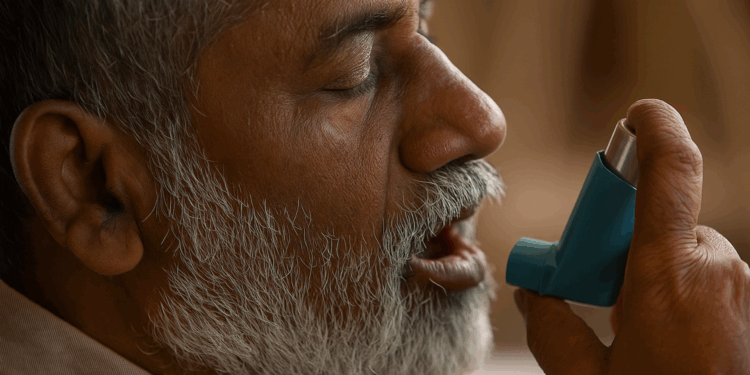According to the Air Quality Life Index (AQLI) website, India is the second most polluted country in the world. It seems that fine particulate air pollution (PM2.5) shortens the life expectancy of Indians by 5.3 years on average. It’s worse in some regions. For example, in Delhi, it reduces life expectancy by 11.9 years. We have already read news reports on how the air pollution in Delhi goes up, especially during the winter, causing health havoc to many. Many people have even relocated to other parts due to the adverse impact of pollution on their health.
But what are the kinds of issues that air pollution causes? We have read about it causing eye issues, lung issues, asthma incidences, etc. But unknown to us, it also causes diabetes, according to many studies.
Air pollution and diabetes – Decoding the link

Join Now >
The air contains many varieties of pollutants like PM2.5, NO2 (Nitrogen Dioxide) and PM10. A recent Indian study conducted in Delhi and Chennai found that when people inhale polluted air, their blood sugar levels can rise, and people develop Type 2 diabetes. This study was conducted over seven years, and it said the polluted air getting into our bloodstream can also cause several respiratory and cardiovascular diseases. Let’s remember that India was anyway carrying the distinction of being called the Diabetes capital of the world. So, it looked like we were more prone to the disease than our Western counterparts. But the air pollution angle just upped our risks that much more.
This study conducted in India only adds to the many previous global studies that concluded with the same findings. Even at levels considered safe, it seems there is a risk of developing diabetes. One study attributed a fifth of the global burden of Type 2 diabetes to PM2.5. It opens our eyes to a new major risk factor, more prominent in India.
What can you do?
Let us see what seniors can do to counter this risk factor.
- Of course, the best thing you can do is to relocate from polluted spaces to less polluted or clean areas.
- If that is not possible, then you must try and make your spaces less polluted to the extent possible.
- Additionally, you must take precautions to keep yourself safe.
Steps to make your spaces less polluted.
- Plant some purifying plants in and around your house: The air-purifying capabilities of some plants have been proven scientifically. Keep some indoor plants like snake plants, peace lilies, etc. If you have the option, plant some Neem, Tulsi and Fig trees around your house. These are excellent oxygen generators that help keep the air around unpolluted.
- Use some natural indoor air purifiers. These can help bring down the indoor pollution levels.
- Use an artificial air purifier to ensure indoor air is safe.
- Follow a healthy diet and lifestyle.
Steps to keep yourself safe
- If you live in polluted areas, always wear an N95/99 mask when you step out. It will keep you safe from contagious diseases and strains of COVID-19.
- Learn to check the AQI levels daily and avoid stepping out when it is too high unless necessary.
- Plan your walks at a time when the AQI levels are lowest. For example, avoid taking early morning walks when there is smog during the winter. If you watch the AQI levels online, you can figure out and plan your walk schedule accordingly.
- Use proper ventilation, chimneys and exhaust fans in the kitchen to remove impure air from the house.
- Reduce indoor pollutants and allergens through regular dusting, keeping pets clean, cleaning carpets regularly, etc.
- Inhale steam regularly by adding a few drops of eucalyptus oil, as it helps cleanse the air pathways.
- Check if your air conditioner has advanced HEPA or allergen filter systems that help reduce indoor pollution. If not, it may be a good idea to replace old Acs, since we use them more in summer and that can reduce the indoor air quality.
Since we now understand the higher risks of polluted air, it is good to avoid the same and find ways to keep ourselves safe, if required, through a multipronged approach.









